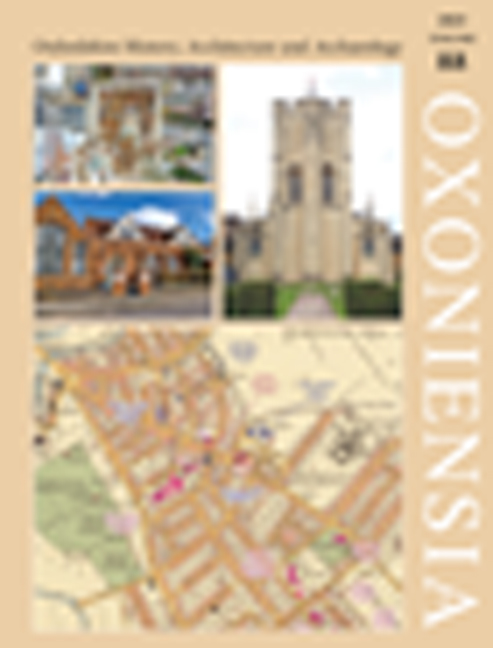Michael Farley, The Kings at Brill: The Early History of a Buckinghamshire Village in the Forest of Bernwood
Published online by Cambridge University Press: 15 May 2024
Summary
In the Middle Ages the small Buckinghamshire village of Brill developed close associations with neighbouring Oxfordshire, based in large part on a thriving pottery industry, its location at the centre of a royal forest, and on the appropriation of its parish church by an Oxfordshire monastery. From the thirteenth to fifteenth centuries potters at Brill produced a range of distinctive bowls, jars and jugs which found a ready market at Oxford, 12 miles (19 km) to the south-west. Brill was also an administrative centre for the surrounding forest of Bernwood, which extended into eastern Oxfordshire and was a source of timber, firewood and venison for Oxfordshire’s medieval landholders. Finally, St Frideswide’s priory at Oxford was patron of the Buckinghamshire church of Oakley, to which Brill was attached as a dependent chapelry.
These and other themes are explored in Michael Farley’s book-length study of the village, which combines documentary evidence with archaeological investigation and topographical survey, and is lavishly illustrated with colour photographs of sites, buildings, objects and maps. One of the book’s chief aims is to identify the location of the royal residence at Brill, which successive kings kept in repair from the twelfth to the fourteenth centuries. Thereafter it fell out of royal ownership, and was either demolished or incorporated into a later building. The ‘King’s Field’ in the centre of the village is a plausible candidate for a royal enclosure, although a recent geophysical survey proved inconclusive, and Farley reaches only a tentative judgement as to its use based on evidence revealing the buried remains of one or several stone-footed buildings.
Another mystery surrounds a large mound called ‘Castle Hill’, which is shown on a late sixteenth-century map in the centre of the village where the main streets follow a pronounced curve to produce a well-preserved U-shaped enclosure encompassing the ‘King’s Field’. The mound no longer exists, and documentary evidence of a castle is lacking, though it is possible that the mound was associated with, or mistaken for, a surviving earthwork near-by. A substantial bank and ditch divided by a trackway survives on the edge of ‘King’s Field’, and is associated with Iron Age pottery and other Iron Age finds.
- Type
- Chapter
- Information
- Oxoniensia , pp. 374 - 375Publisher: Boydell & BrewerFirst published in: 2024

